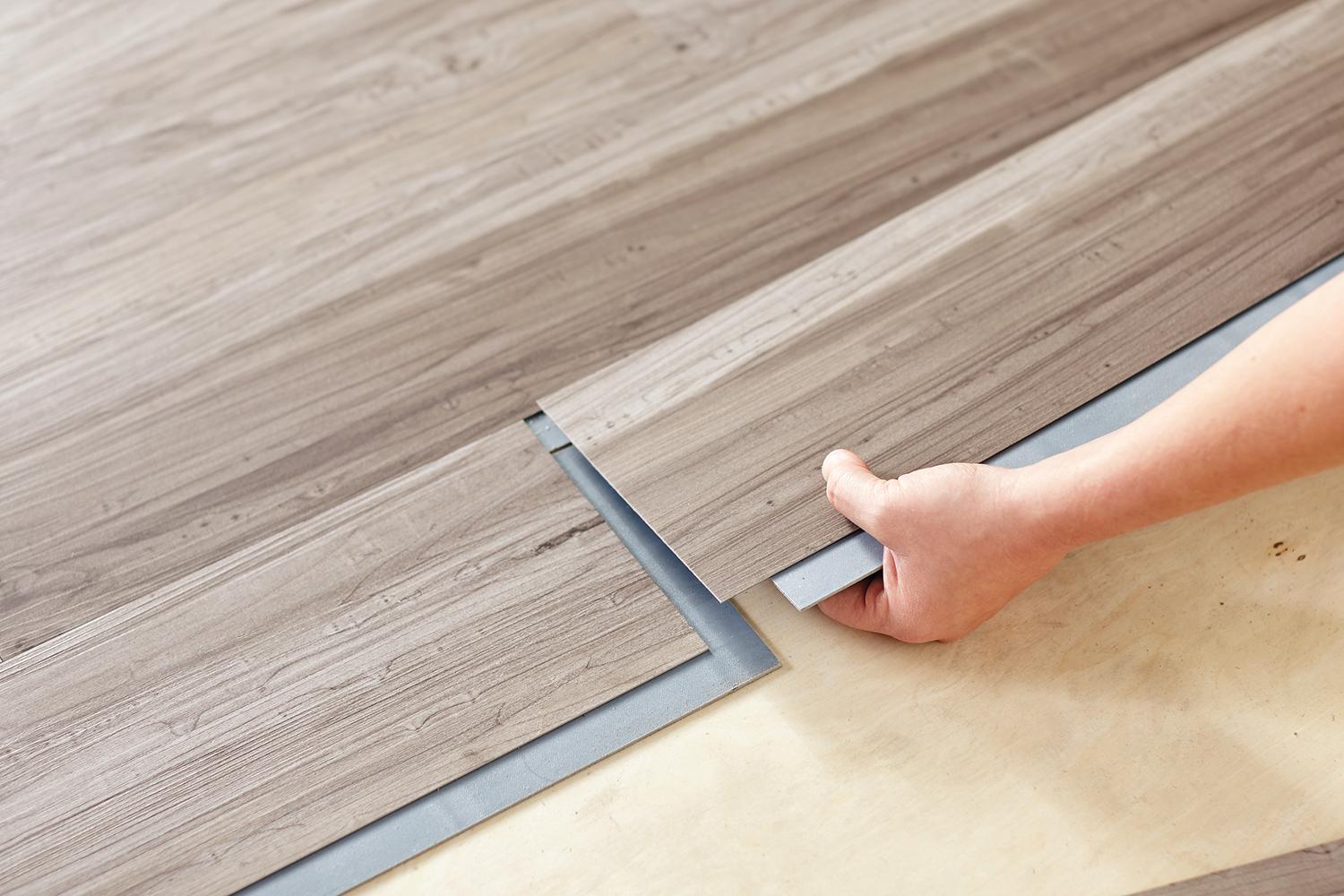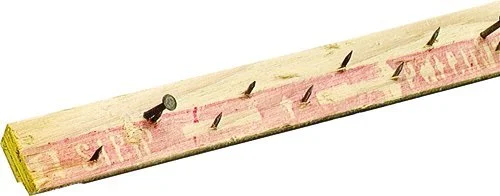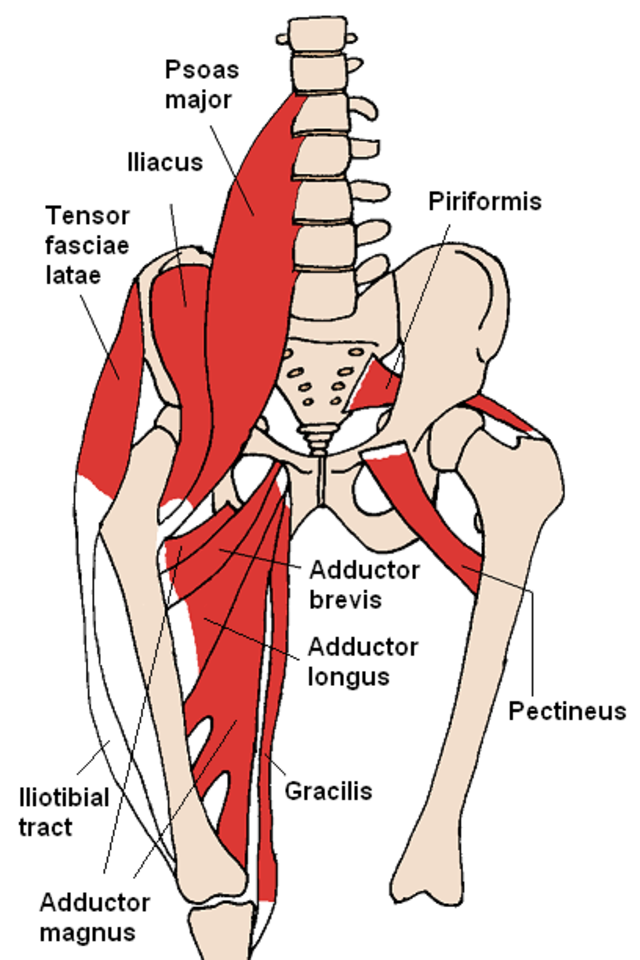Building a home dance studio: Preparing to mount your mirrors on the wall
/As busy professionals or full-time students, it becomes a perpetual struggle to find the time to keep up with dance or rehearsing on your own, especially since the cheapest available dance studio may be far away. Having your own small mirrored space where you can rehearse and choreograph cuts down on your expenditures, saves commute time, and also encourages you to practice more by virtue of ease of access.
This article is a part of a series of how I build my personal dance studio in my own home for about 120 dollars, with absolutely no experience in home improvement.
Having a home dance studio is a great way to maximize your rehearsal and choreography efficiency, as you will never need to travel anywhere or pay to get access to potentially expensive or inaccessible studios. Now that you've found the right mirrors for the right price, you'll find that having them lean up against a wall is perfectly functional for the sake of choreographing and even rehearsing in a small group. And honestly, it will absolutely suffice. That was my studio set up for almost a year. But to really bring your home dance studio one step closer to the professional studio ambiance, affixing your mirrors to the wall is your next goal.
Building your professional looking home dance studio
If you decide to build your studio with a collection of small mirrors, say, 48" by 12" wide that weigh about a pound each, you have a couple options. The supplies needed to install small mirrors are easily found at any Target or Wal-Mart. My suggestion is to use picture frame adhesive strips, essentially velcro for hanging heavy objects. One side goes on your mirror, the other side on your wall, then bam: your mirror is mounted. These are great because you can remove them from the wall with little damage to either the wall or the mirror. I personally use these to hang framed art on my walls. You'll want to put one in each corner on the top, and one directly in the middle at the bottom.
A second method for installing a light weight mirror is to use drywall anchors with a bracket. The instructions suggest using 4 of these per mirror - but you can realistically get away with 3, two for each corner at the bottom, and one in the center at the top for stabilization. This method takes a little more effort, is more damaging to the dry wall, and looks less clean because of the visible brackets. You'll start by drawing an outline of where you want the mirror before drilling holes for bracket placement. Hammer the plastic anchor joint into the holes before screwing the bracket in place. Once the bottom two joints are in place, slide the mirror into it's location before screwing the top bracket.
The large-mirror studio
Mounting a heavy mirror works best on drywall, concrete, or wood walls. If you have exposed brick, you're best off buying reflective mylar sheeting for your studio. If you have wallpaper, strip the wallpaper before mounting - lest the mirror rips off the wallpaper before crashing into the ground.
For larger, heavier mirrors weighing more than 10 pounds each, you'll need to grab some heavy duty stuff. As with any home improvement project, a hardware store such as Home Depot or Lowes will be your first stop. Run out to a hardware store and grab some Liquid Nails and a caulk gun. If you want to mount the mirror off the ground so you can actually see your head when you dance, you'll also need some pieces of wood.
The first step is the clean the back of your mirror. If you bought it from Craigslist, there's a good chance the mirror is a leftover from another person's bathroom remodeling project. The back of the mirror will likely still have traces of leftover glue in various squiggly shapes. You'll need to remove as much glue as you can so that when you use your own fresh glue, it will be evenly distributed across the mirror to maximize the contact surface between the wall and the mirror.
You'll need to grab a dull knife, I used a butter knife - and a hairdryer. Blast the goo with the hairdryer until it softens, then you'll have to scrape the junk off carefully with your knife. You'll want to try make the surface as flat as possible, but be careful not to scratch the back of the mirror.
Most mirrors aren't tall enough to be able to place them on the ground and still see your entire body, head included. If the mirrors are a good height (3 feet or taller) you'll want to elevate them off the ground. For me, I'm 5'8 and I put them a foot and a half off the ground. In order to do this, I had to get some piece of spacer pieces of wood. Standard particle board will do it. Tell the dudes / dudettes at the wood section of the hardware store your dimensions (1.5 ft by the width of your mirrors by .5 inch thick) and they'll cut it for you. You don't need to glue the wood to the wall; they will be held in place under the weight of the mirrors. Their purpose is not only to keep the mirrors off the ground, but to also give the heavy mirrors something to rest on, since they will slide down a little bit as the glue starts to dry. When it does dry, the wood bears some of the weight, relieving the strain on the interface between the mirror and the wall.
Place these spacers on the ground flat against the wall. Find a way to put pressure against the wood to keep it in place: On the left, I have another board placed diagonally on top of a rubber non-slip bath mat, loaded with heavy books to prevent the diagonal board from sliding away. You'll want to keep this set up for at least 48 hours while you complete the last step of the project: actually putting the mirrors on the wall.
You may also be interested in:














